Scientists Identify a Cosmic Signal That Could Be From a Parallel Universe
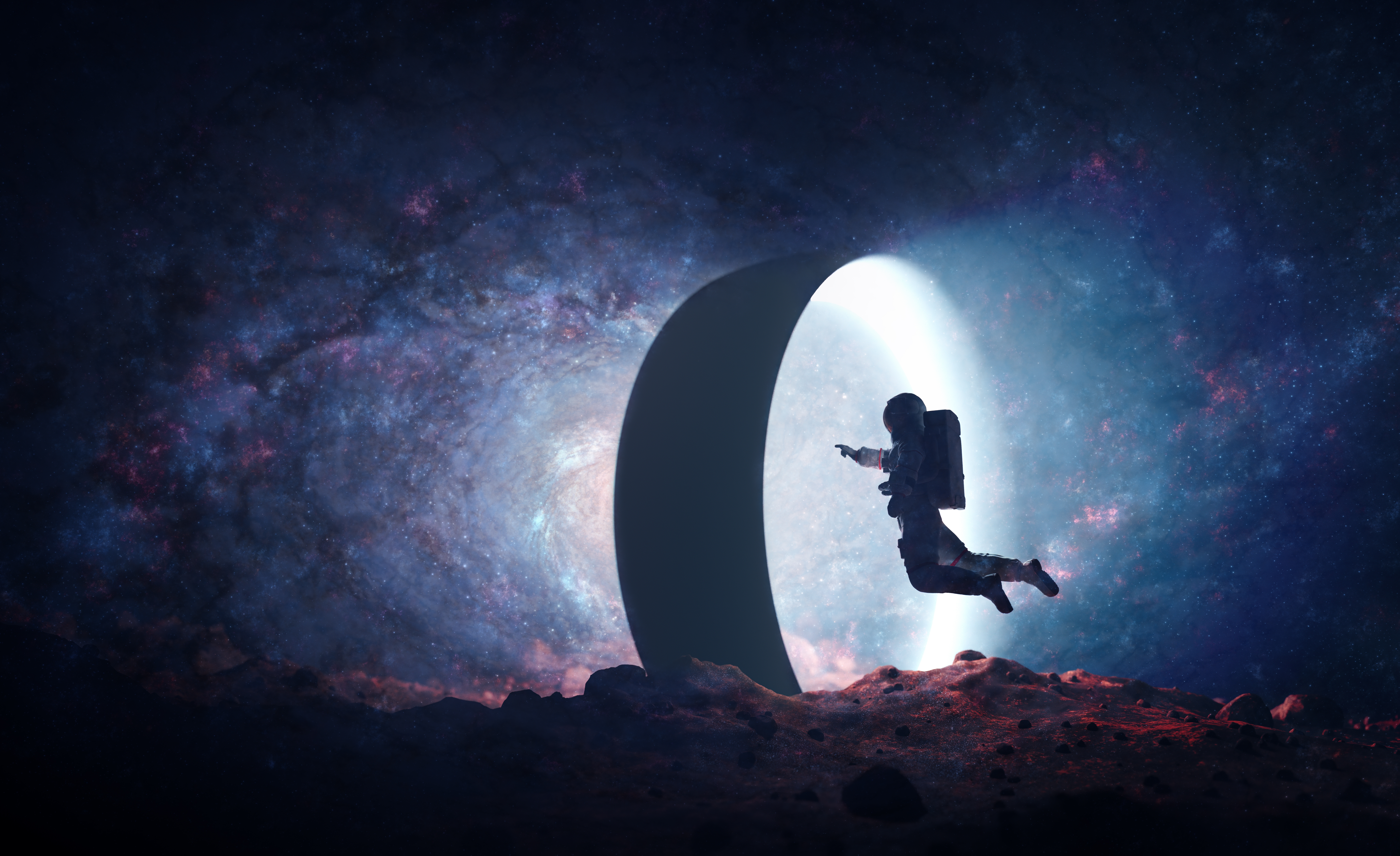
Have you ever considered that we might not be alone—not just in our universe, but among many? A mysterious signal from deep space has led some scientists to ask that very question, igniting a global firestorm of speculation. The claim is as bold as it gets: a message, received from a parallel universe. But what is the truth behind the headline that sounds like it was pulled from a movie script? The answer reveals a surprising story about the nature of discovery itself.
The Whisper from the Cosmos
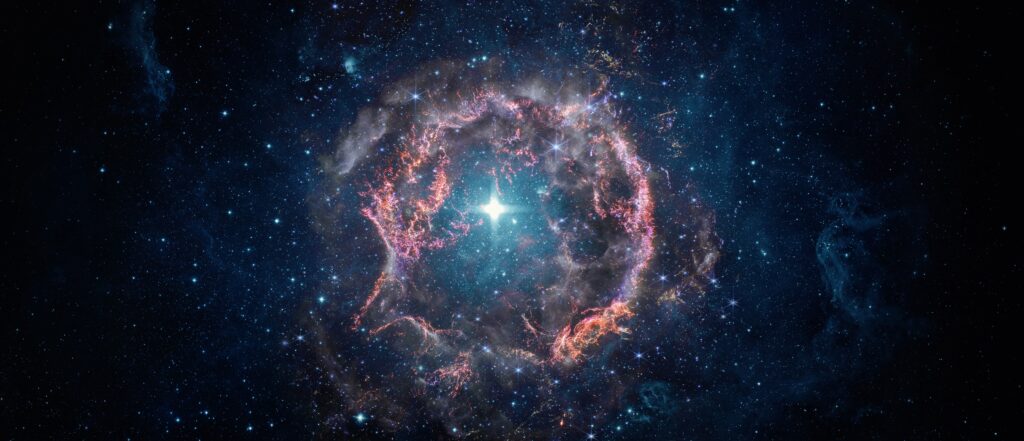
On May 21, 2019, our planet’s most advanced scientific instruments—a global network of gravitational-wave observatories—heard something new. For a century, we’ve known from Albert Einstein that when massive objects like black holes collide, they send out ripples in the fabric of space itself—gravitational waves.
The LIGO network was designed to hear these faint tremors. Think of it like this: it can detect a change in the distance between the Earth and the Sun that is no bigger than a single atom. That’s how precise it has to be to hear these whispers from the void.
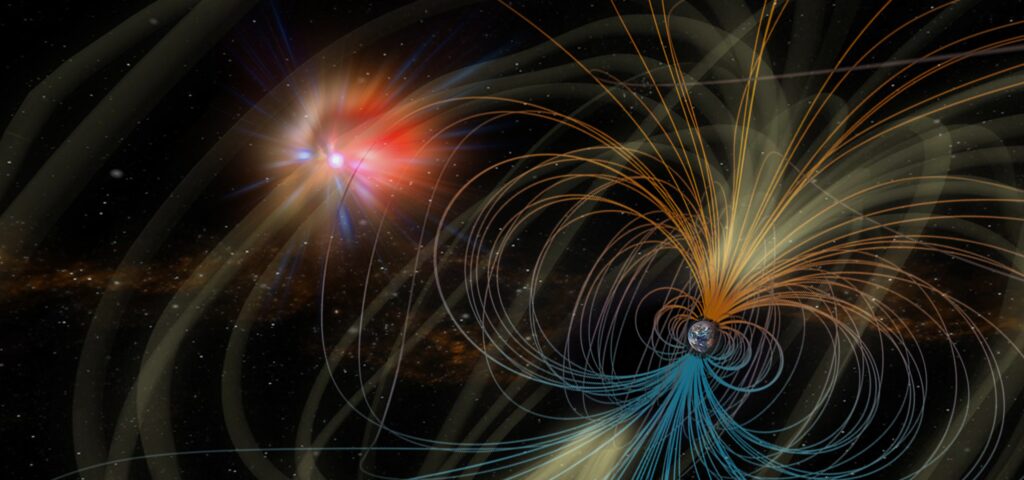
The signal they caught that day, named GW190521, was different. It didn’t have the usual rising “chirp” of two black holes spiraling into each other. It was just a short, powerful burst. When scientists traced it back, they found it came from a collision of two giants, one of them about 85 times the mass of our sun.
This was a huge problem. According to our best understanding of how stars die, a black hole that big shouldn’t exist. It falls into what scientists call a “mass gap”—a forbidden zone where stars are expected to blow themselves to bits, leaving nothing behind. The discovery was a genuine anomaly that challenged our understanding of the cosmos, clearing a path for some radical new ideas.
A Bridge Between Worlds?

When scientists find something that doesn’t fit the rules, it’s like discovering a mysterious footprint on a deserted island. You have to ask: where did it come from? One team decided the answer might not be on our island at all. They proposed a bold idea that sounded like it came straight from a movie: what if the signal wasn’t from our universe, but an echo from a parallel universe?
Their paper sketched out an incredible scenario. Imagine a black hole collision happening in another reality. Instead of leaving behind just a bigger black hole, it creates a stable tunnel through spacetime—a “wormhole.” A gravitational wave from that event then zips through this cosmic shortcut and pops out on our side, where our instruments picked it up.
It’s a fascinating thought, but it’s built on a foundation of big “ifs.” For it to be true, you’d have to assume that parallel universes are real, that wormholes can actually form, and that some unknown “exotic matter” exists to keep these bridges from collapsing. That’s a lot to ask without any hard evidence.
This is the most important part of the story: the scientists who proposed the idea were completely upfront about how speculative it was. This wasn’t a discovery they were announcing to the world. It was part of the creative and essential process of science—thinking up every possibility, no matter how wild, and then testing it against the facts. Their own math showed that the simpler explanation—a strange black hole merger in our own universe—still fit the data slightly better. Their conclusion wasn’t a grand claim, but a model of scientific honesty. They didn’t say, “We found another universe.” They said, “Here’s a fascinating idea that the data doesn’t completely rule out yet.” They were asking a question, not shouting an answer.
The Myth We Longed to Hear
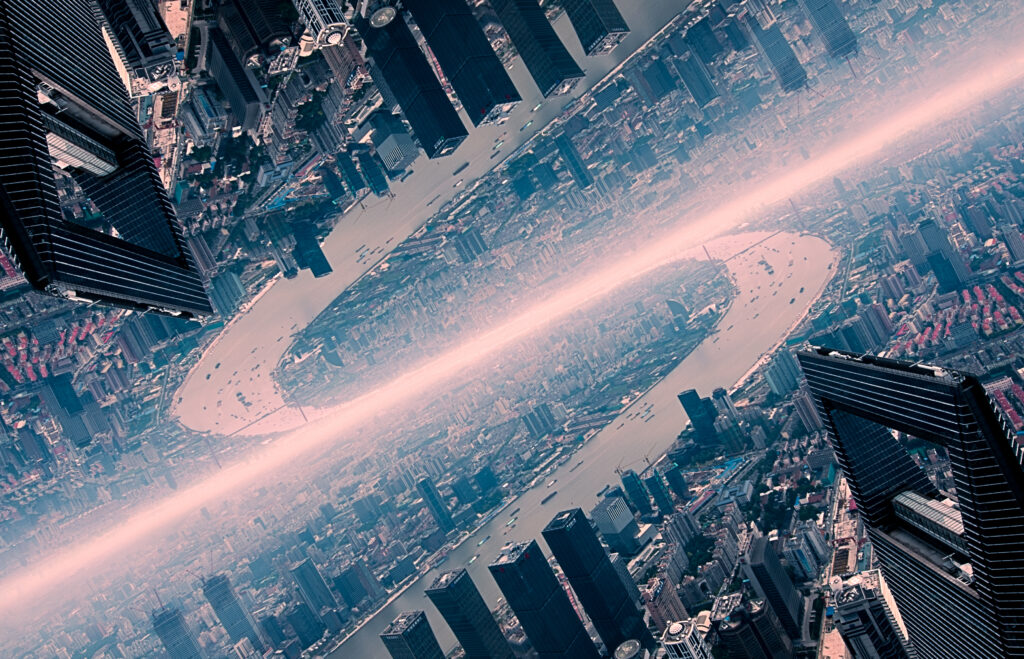
The scientists’ paper was a quiet conversation, a “what if?” whispered among peers. Think of it as a single, controlled spark struck in the specialized world of physics—an idea to be examined, tested, and likely extinguished by more evidence.
But in our world, no spark stays private for long. The internet is like a dry forest, and a story about a parallel universe is pure lightning. Headlines grabbed the most sensational part of the idea, fanning the small flame of inquiry into a wildfire of public excitement. The cautious language of the researchers—the “maybes” and “not-ruled-outs”—was burned away, leaving only the most dramatic claim: we’d made contact.
Why did this story explode when thousands of other scientific discoveries barely make a sound? Because it spoke to a deep part of us. The part that looks up at the night sky and hopes it’s not just an empty expanse, but a place of infinite possibility. The story of a message from another universe wasn’t just science; it was a modern myth in the making, and we were all eager to believe.
Answers from Our Own Universe
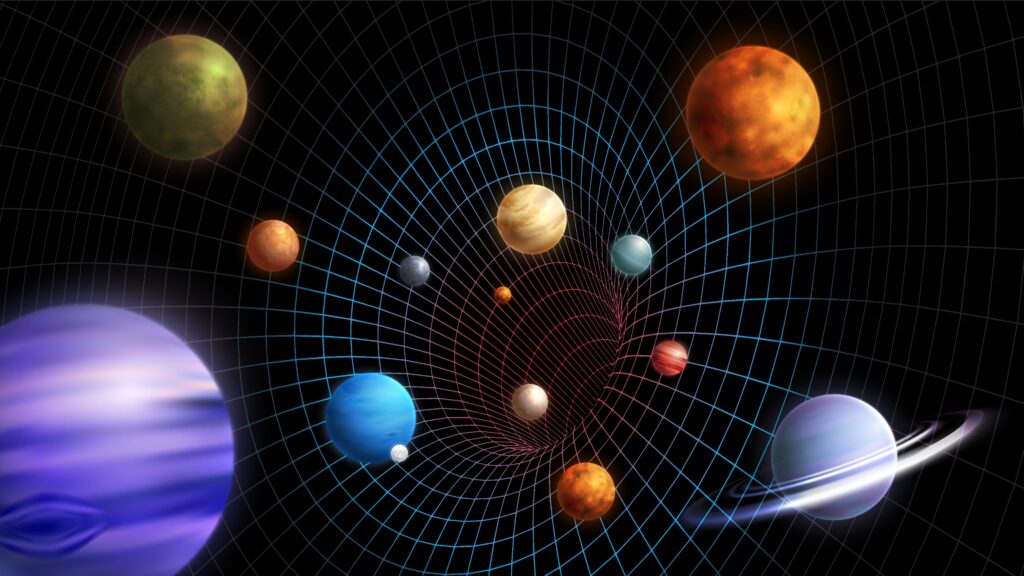
While the idea of a message from another reality is exciting, a good detective always looks for clues closer to home first. Before jumping to otherworldly conclusions, scientists explored strange and powerful events happening right here in our own universe.
- The Heavyweight and the Lightweight: What if the collision wasn’t between two equal partners, but more like a cosmic mismatch? One popular theory suggests a normal-sized black hole smashed into a much, much larger one. This idea is a favorite among scientists because it solves the main puzzle without any magic. Neither of the black holes breaks the rules of how stars are supposed to die, so the “forbidden zone” is no longer a problem.
- A Ghost from the Dawn of Time: Another idea is that we’re seeing a relic from the universe’s infancy. The very first stars were giants that played by a different set of rules. They were made of pure, raw material left over from the Big Bang, and because of that, they could die in ways that are impossible for stars today. It’s possible one of these ancient titans collapsed and left behind a black hole in that “forbidden” size range—a ghost from the dawn of creation.
- Built, Not Born: What if the giant black hole wasn’t born that way, but was built piece by piece over billions of years? Imagine the crowded center of a star cluster as a cosmic construction site where black holes are constantly crashing into each other. When they merge, they become a single, bigger black hole. Do that enough times, and you can build a giant that lands right in that forbidden zone. It wasn’t born a rule-breaker; it became one.
Longing for a Sign, Finding Ourselves
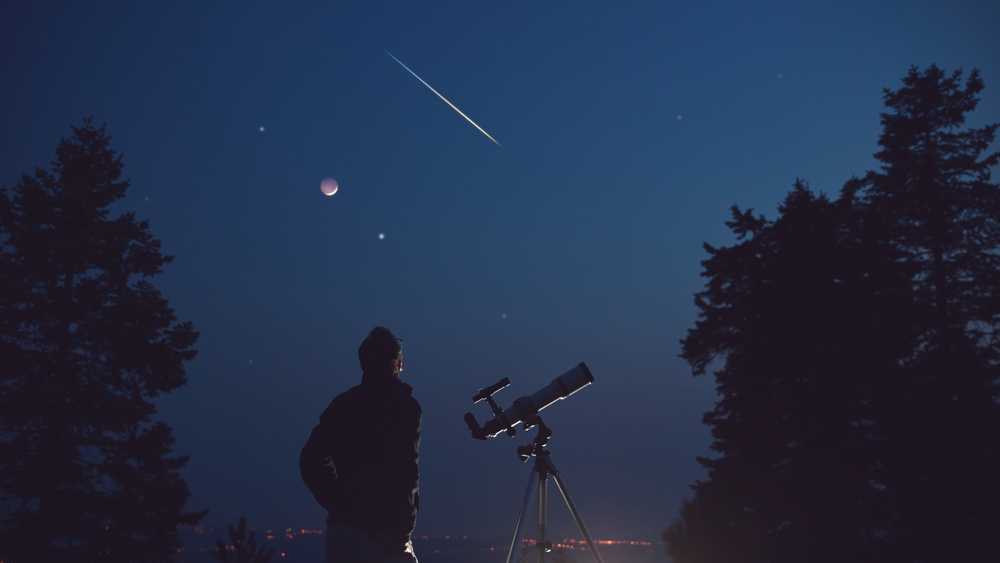
In the end, the story of GW190521 says more about us than it does about parallel universes. It shows how much we crave answers, how drawn we are to spectacular stories, and how important it is to think critically.
Even a wild idea like the wormhole hypothesis has value. It pushes other scientists to double-check their work and prove why the simpler explanations are better, making our overall knowledge stronger. The real magic isn’t in a phantom signal from another dimension, but in the patient, worldwide effort to figure out the truth.
The message here isn’t one of disappointment. It’s a reminder to look past the headlines, to appreciate the slow and careful work of discovery, and to find wonder in the things we can actually prove. Our universe is already more vast and mysterious than we can imagine. We don’t need to invent new ones to be inspired. We just need to keep looking at our own with clear eyes and an open mind.
Source:
- Lai, Q., Lan, Q., Liu, H., Wang, Y., & Piao, Y. (2025, September 9). Is GW190521 a gravitational wave echo of wormhole remnant from another universe? arXiv.org. https://arxiv.org/abs/2509.07831
Loading...

